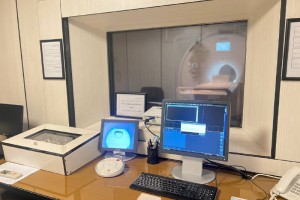Eye Movements Could Be the Missing Link in Our Understanding of Memory
Humans have a fascinating ability to recreate events in the mind’s eye, in exquisite detail. Over 50 years ago, Donald Hebb and Ulrich Neisser, the forefathers of cognitive psychology, theorized that eye movements are vital for our ability to do this. They pointed out we move our eyes not only to receive sensory visual input, but also to bring to mind information stored in memory. Our recent study provides the only academic evidence to date for their theory.
Although only a limited amount of information can be processed at each fixation point, a sequence of eye movements binds visual details together (for example, faces and objects). This allows us to encode a memory of what we can see as a whole. Our visual sampling of the world – through our eye movements – determines the content of the memories that our brains store.
A trip down memory lane
In our study, 60 participants were shown images of scenes and objects, such as a cityscape and vegetables on a kitchen counter. After a short break, they were asked to recall the images as thoroughly as possible while looking at a blank screen. They rated the quality of their recollection and were asked to select the correct image from a set of highly similar images.
Using state-of-the-art eye tracking techniques we measured participants’ scanpaths, their eye movement sequences,both when they inspected the images and when they recalled them.
We showed that scanpaths during memory retrieval was connected to the quality of participants’ remembering. When participants’ scanpaths most closely replicated how their eyes moved when they looked at the original image, they performed their best during the recollection.
Our results provide evidence that the actual replay of an sequence of eye movements boosts memory reconstruction.
We analysed different features of how participants’ scanpaths progressed over space and time – such as the order of fixations and the direction of saccades. Some scanpath features were more important than others, depending on the nature of the sought-after memory.
For example, the direction of eye movements was more important when recalling the details of how pastries were positioned next to each other on a table than when recalling the shape of a rock formation.
A step forwards
The results could be important for cognitive neuroscience and human biology research and in fields as diverse as computing and image processing, robotics, workplace design, as well as clinical psychology.
This is because they provide behavioural evidence of a critical link between eye movements and cognitive processing which can be harnessed for treatments such as brain injury rehabilitation.
For instance, eye movement desensitisation and reprocessing (EMDR) is a well-established psychotherapy treatment for post-traumatic stress disorder (PTSD).
In this therapy, the patient is focusing on the trauma and engaging in bilateral eye movements, which is associated with a reduction in the vividness and emotion associated with the memory of the trauma.
But the underlying mechanisms of the therapy are not yet well understood. Our study shows a direct link between eye movements and the human memory systems, which may provide an essential piece of the puzzle.





Related Posts